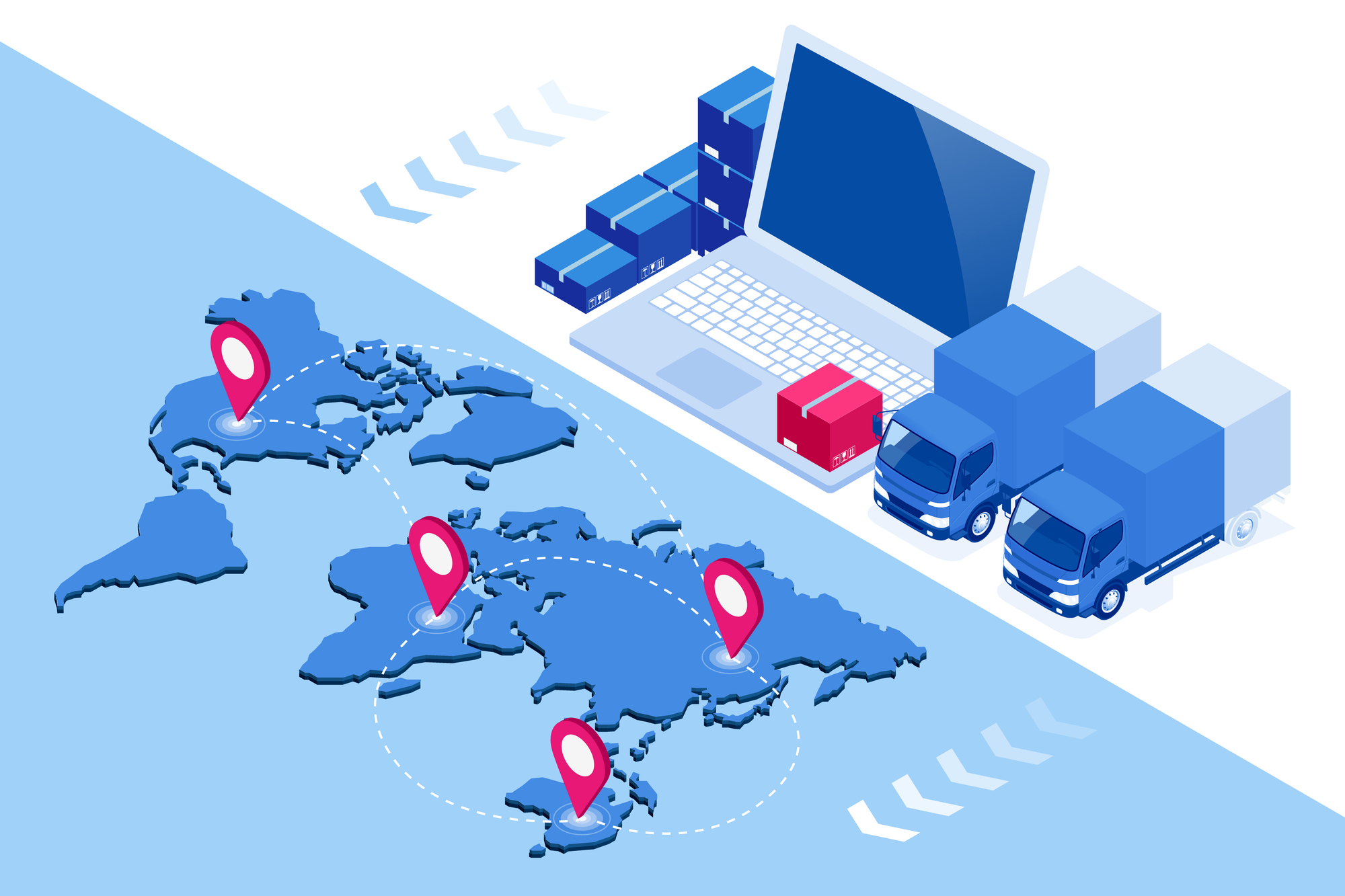Recently I was asked to evaluate information on how best to understand and facilitate change within an organization. Specifically, involving services and MRO supply chain. The dynamics of internal colleagues and the art of persuasion always seem to be more difficult than dealing with suppliers.
As I gathered my thoughts around the subject I reflected on materials and services where I participated or directed a significant change within an organization. What I came to realize is todays pace of change does not conform to yesterday’s methods or business cultures. Market disruption from innovators, technology advances and competition are moving quicker than we can organize a meeting to discuss such concerns!
Decision Making in a Group Dynamic
While the methods and technology have improved, traditional cultures still have the same stereotypical behaviors which change agents need to address. The challenges outlined in a recent Corporate Executive Board (CEB) study on the sales process notes that decisions take more than 5.4 people on average to decide on a purchase. This expanding group “think” dynamic has both positive and negative consequences. One negative is the ability to make a timely decision, and yet the positive is a better understanding of the risk of change within impacted departments or groups.
Establishing a “Deep Sense of Purpose”
In a TEDTalk presented in Paris by Jim Hemerling [A Boston Consulting Group Managing Director] about the change in the business environment he talks of the “Era of Constant Change” and “Always on Transformation”. Without discouraging ourselves, how do we address this concept of constant change to better lead our firms? Hemerling notes most transformations need a “deep sense of purpose”.
As leaders, sometimes without clear mandates only concepts, we need to appeal to a deep sense of purpose to various colleagues. This requires careful planning to bring them onboard for support. This phase is considered socialization of the concept. Collaborating and convincing within a matrix organization takes time to learn and master. There are many issues and skills to consider; a few are noted below:
- Is the change aligned with long or short-term business priorities?
- What are the resources needed to make the change and from what area?
- Is there a complete understanding of the “today state and the future state” in which we are trying to impact?
- Will the change have a fundamental impact of the way the company operates?
We can always fall back on the traditional savings models (i.e. moving from one supplier to another, where the value is clear). But today, operational models haveindirect costs and processes which may not be readily known within a procurement function. Likewise, contracting for goods and services may have other mitigating factors to provide value within an agreement which are not understood by leaders.

We can’t let these information hurdles obfuscate the urgent needs of business competitive pressures or transformations. A great leader is someone who is a good listener and not deterred by the challenge; instead they measure the opportunities with facts. To learn more about how to gain compliance when it comes to change management, read our latest article.
The SDI Approach to Future-proofing
In today’s constant state of change, we need to focus on future-proofing our business and career. New innovative technologies will continue to disrupt our lives and workplace. The goal alignment of competitive advantage can be used individually and conceptually within the work environment. The goal is for the company to successfully accomplish a competitive advantage. To eventually accomplish this success, it is key to conquer changes and challenges head-on, and not avoid them.
Solutions may seem complex on the surface, but they need to be broken down into manageable parts to sustain the value perceived. The Internet of Things (IoT) has been a blessing and a curse. Information can potentially put us in a state of paralysis. However, the perceived value needs to be delivered and documented.
The Role of Team Dynamics
Many large organizations often foster this cross functional collaboration. It is important to be mindful of the time to assess the probability of success of specific projects, determine who the best actors are to support these tasks, as well as key influencers and approvers in such collaboration. Team dynamics are very important, and good teams can experience outstanding results. Conversely, poor team dynamics are a waste of valuable time and resources.
Many times, I have found it important to seek guidance from managers and leaders to course correct the team if necessary. Perhaps have a leader prod a person informally, who may not be contributing to the task outcome in a timely manner. It’s important to keep the alignment of the team; false assumptions can kill a project approval. Regularly scheduled report-outs or toll gates to senior sponsors on progress and obstacles can be invaluable to final and successful changes.
If you Google “types of colleagues at work”, it’s enlightening and entertaining. However, office dynamics is serious when it comes to getting meaningful changes implemented. Those employees with a vested interest in the status quo need to fully understand the inspiring purpose of the change, impacting people favorably and the business competitively.
Implementing Change
Practical applications of key sourcing concepts and understanding that any issues of the supplier or service being provided is critical to the current state. Business leadership often rejects radical change, but accepts incremental and proven or tested change. Can a pilot program with defined toll gates assist with validation of key concepts? Discovery during these pilot phases can provide important findings and model the successful outcome.
Buying and selling, even with improvements in technology, is an ever growing and complex task. SDI has a firm understanding of the process, influencers and documenting the value proposition. We acknowledge every organization is unique, the set of stakeholders are different and competitive environment is unlike your peers. By utilizing a proven Six Sigma approach, probing the individual needs of a situation, a solution can be developed. Use assessment tools, check lists, and dialog in order to develop the understanding needed to meet specific goals. It’s the broader understanding of the business dynamics today that will make the difference to future-proof your business and sustain a competitive advantage in an era of constant change.
If you have any questions or would like to discuss this topic further, contact SDI today!




